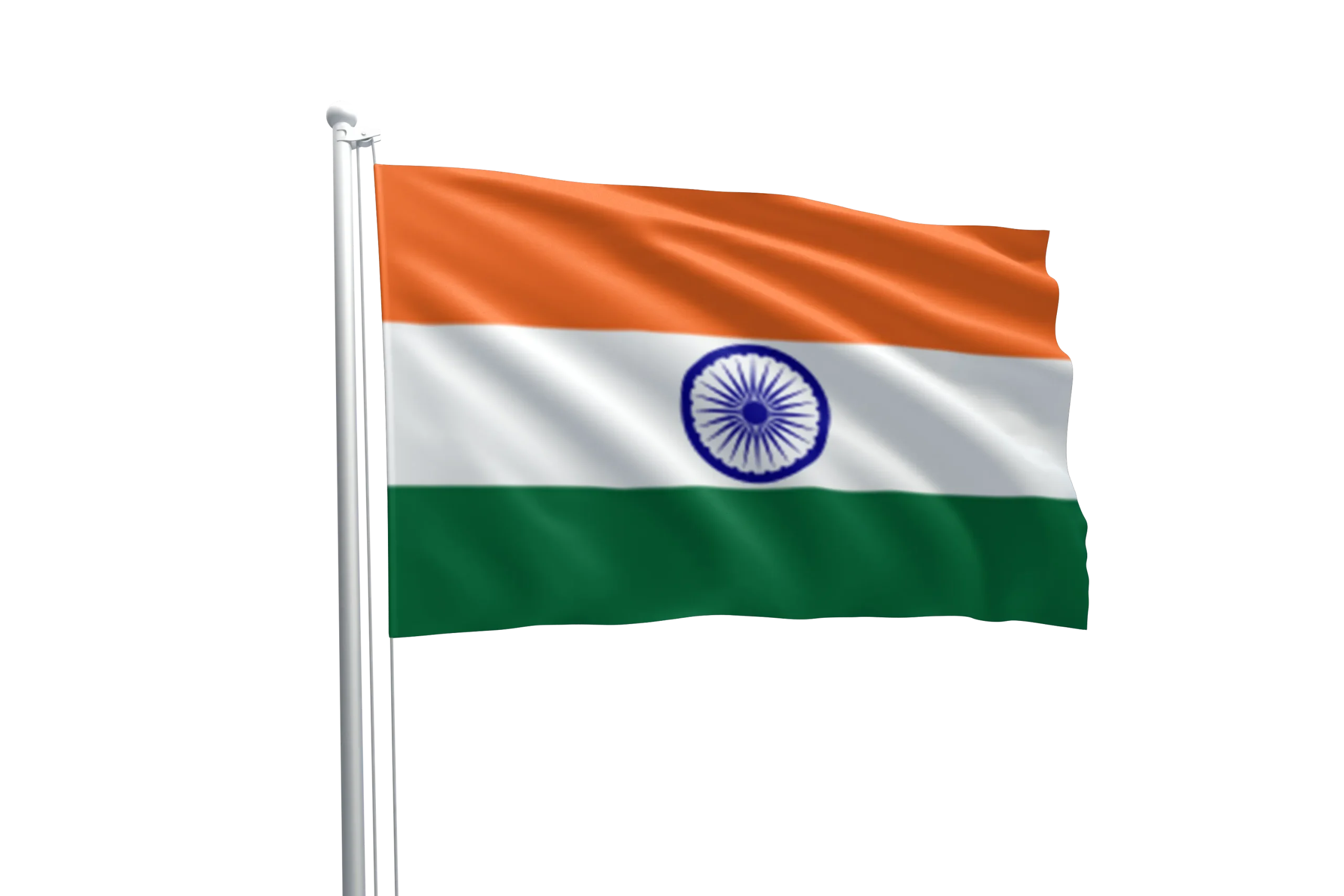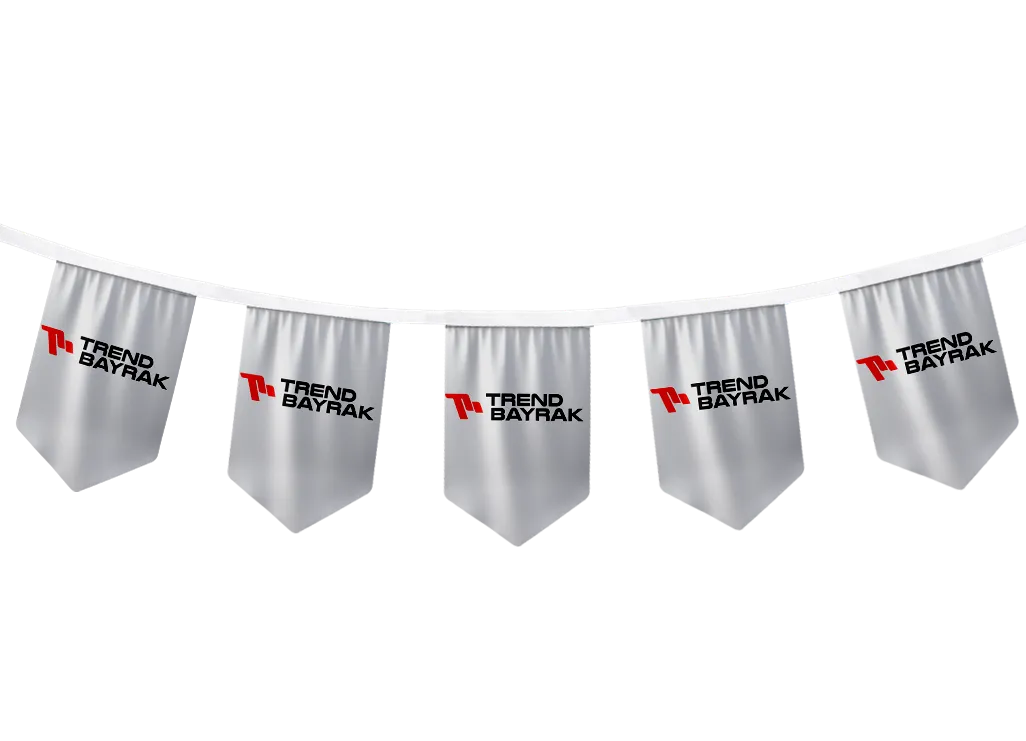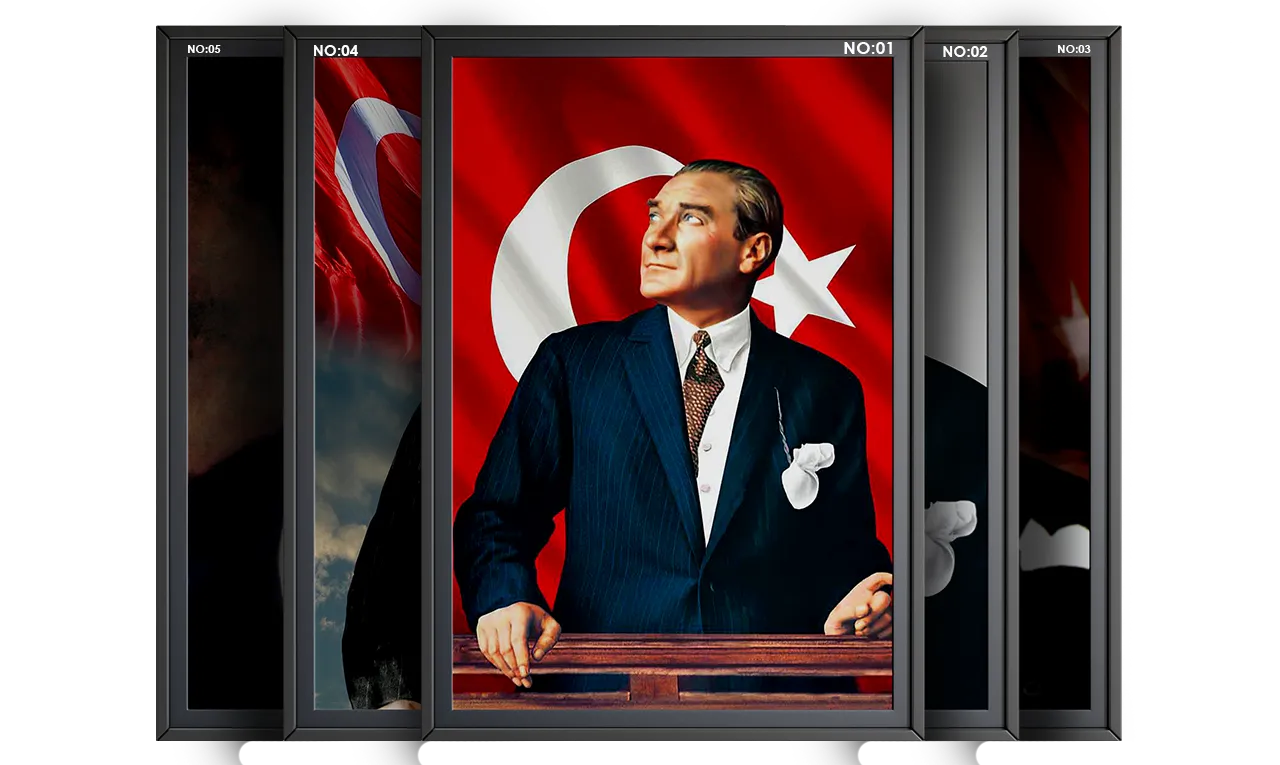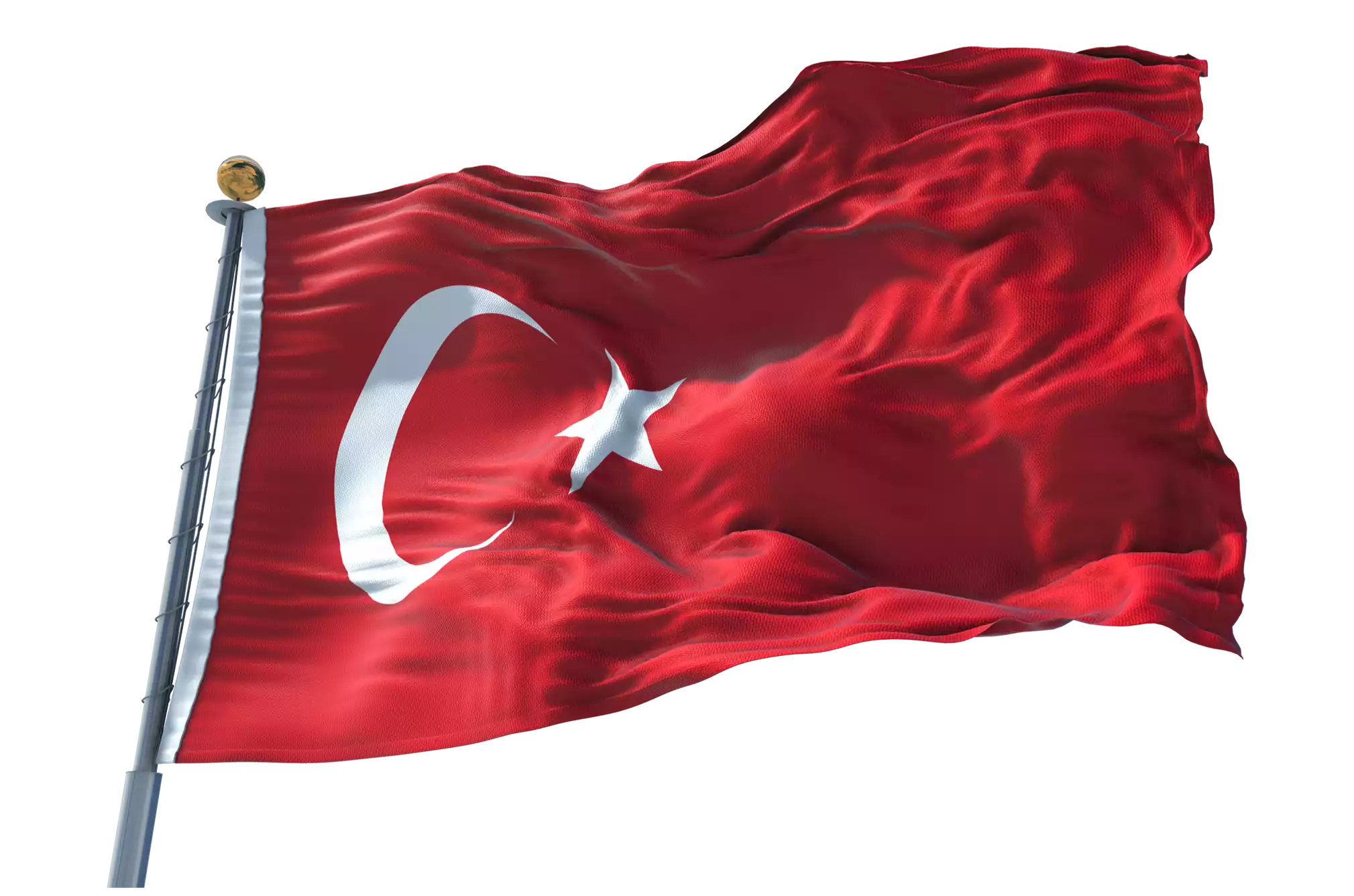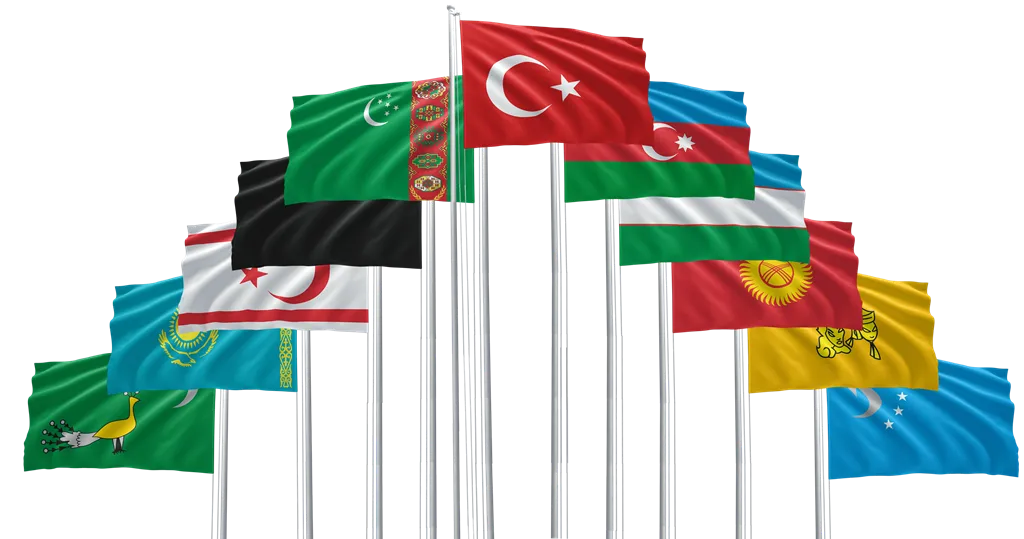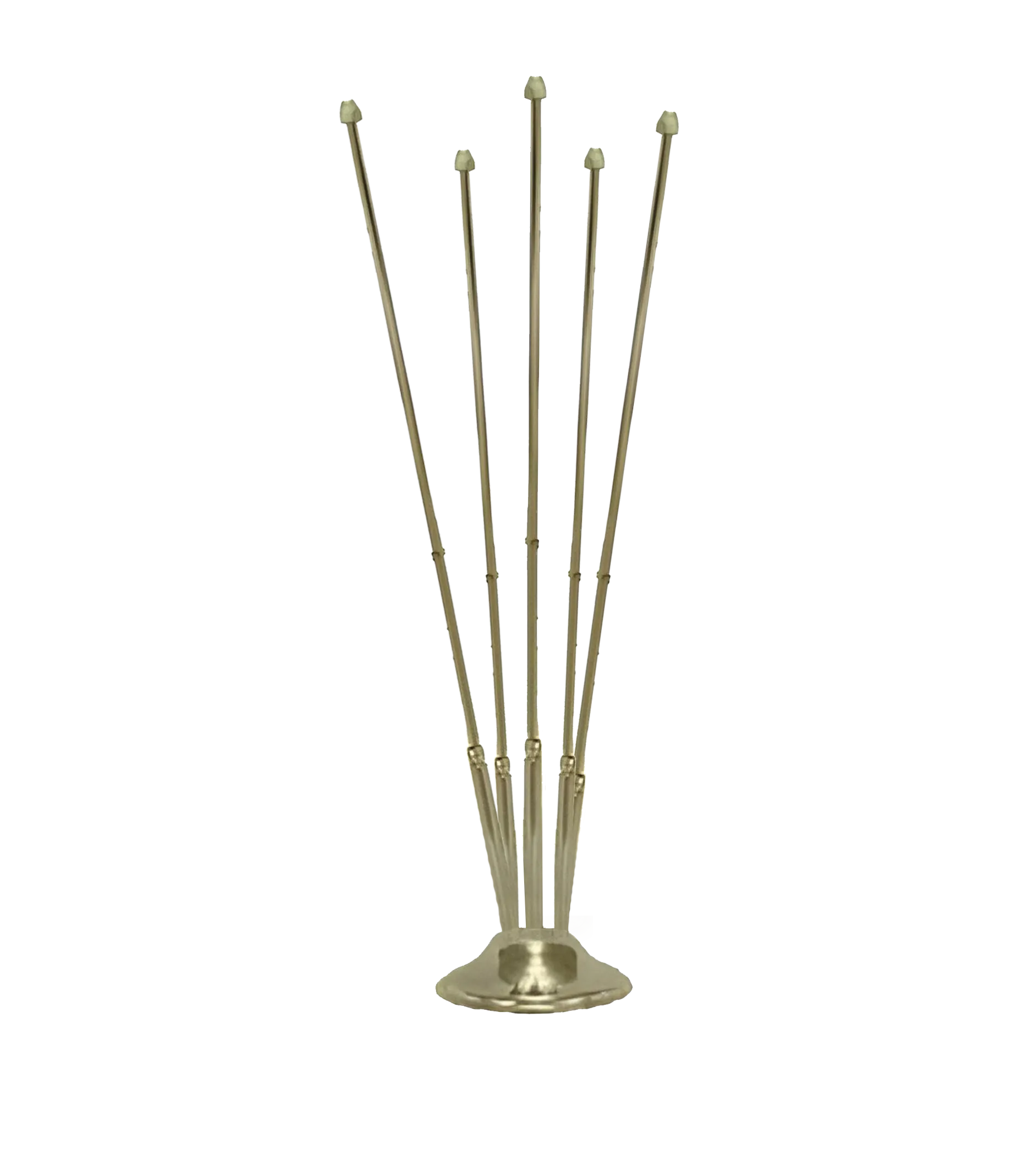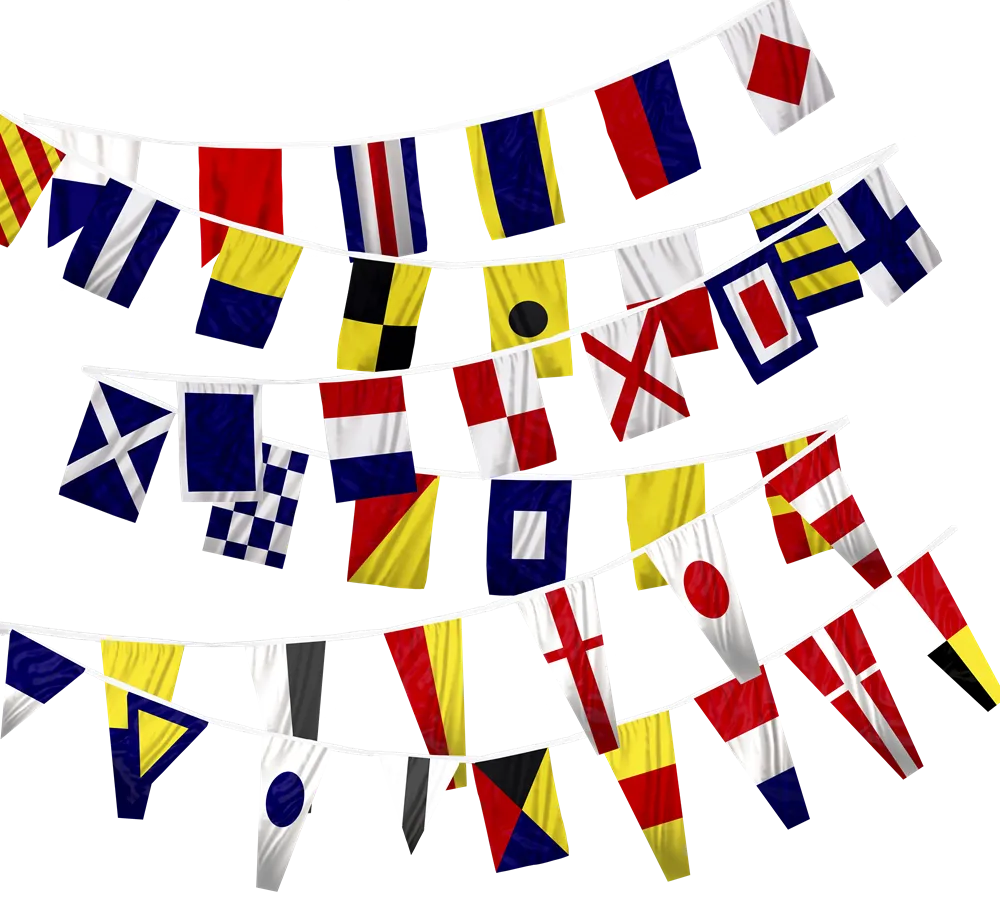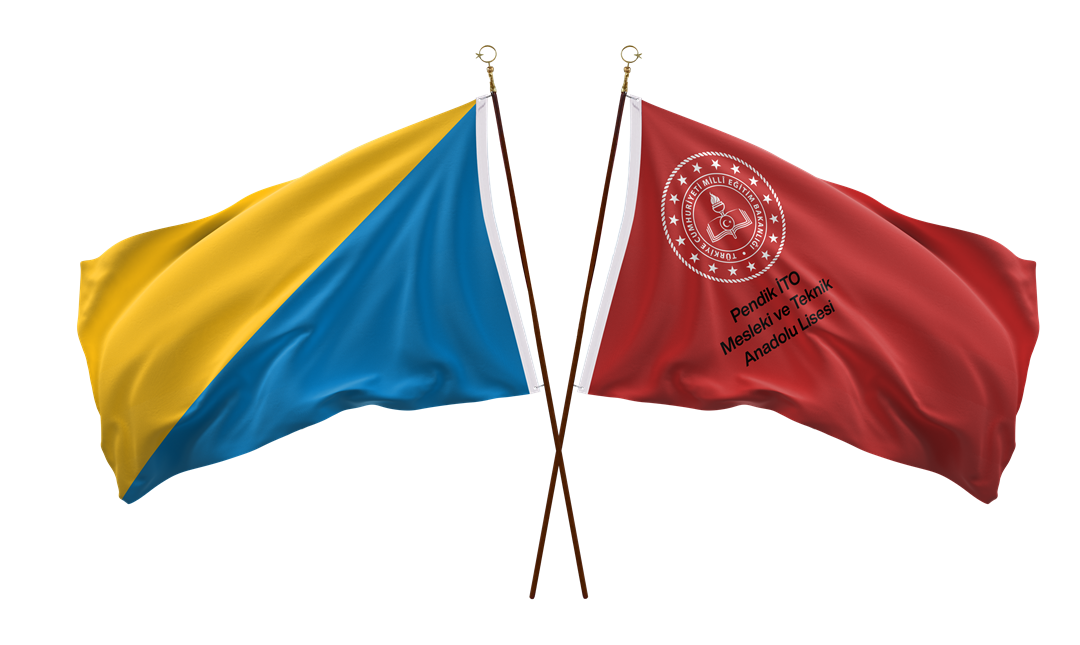Flag of India
Country flags are used indoors and outdoors, from official ceremonies to various organizations. They are frequently supplied by consulates, associations, political parties, companies, hotels and fair organizations. Another name is state flags.
- The 3 sides of our products are produced with double needle technique as standard.
- Extra column reinforcement to the wick part is made as standard in large sizes
- Folded one by one and packed with gelatin.
History of the Flag of India
The Indian flag, consisting of three special stripes, is of great importance for the country. The history, colors and the figure on the flag, which has been used unchanged for many years, are completely unique to the country. The Indian flag, which uses orange on the top layer, white on the middle layer and green on the bottom layer, is known as the twelfth largest flag in the world. The country, officially known as the Republic of India, is one of the most populous countries. The meaning of the flag is linked to both its history and the colors and figure used. Three equal-sized pieces come one below the other and in the center there is a wheel that looks like a blue flower. Issued in 1931, each of the colors in this flag has a different meaning. Looking at its history, the flag was first known to represent an ethnic group. The flag, which was not very accepted when it was first released, was finally accepted on July 22, 1947. Later, on August 15, 1947, India gained its independence from England and claimed its flag by following a nationalist policy. For its design, the Indian National Congress, where Mahatma Gandhi took part, and India, the nationalist political party affiliated to it, reached a common decision on the design. The flag, which has not undergone any changes since that day, continues to fly in the same way today.
Flag of India Meaning
The flag of India, whose meaning is quite meaningful, consists of three horizontal lines. The top line is orange, the middle line is white and the bottom line is green. The orange section represented the Hindu people in the early days. The green section represented the Muslim people. The white section in the middle represented the respect and peace between the two peoples. The blue wheel figure in the center, known as the Ashoka Chakra, represented the two ethnic groups. Today, the color orange represents courage and sacrifice, while the color green represents fertility and faith. The color white is symbolized as purity and righteousness, strengthening every positive emotion. The blue wheel with 24 spokes tells us that 24 hours is an eternity and that life is a cycle. For India, with one of the largest geographical areas in the world and the second largest population in the world, the meanings of the flag are also very large and deep. In the current period, the color orange is also considered the color of saffron in some sources.
Flag of India Dimensions
A classic Indian flag has standard dimensions. However, depending on the area where it will be hung, flag sizes may also vary depending on indoor and outdoor use. In small sizes, 20×30 cm, 30×45 cm, 40×60 cm sizes are generally preferred. For more medium-sized flags, 60×90 cm, 70×150 cm and 80×120 cm sizes are preferred. However, for a large-sized flag, 1.5 metersx2 meters, 2×3 meters, 3×4 meters or 4×5 meters and 6×9 meters, 8×12 meters are preferred.
India Flag Usage Areas
The Indian flag is a type of flag that is suitable for both indoor and outdoor use. Especially in India, it is mandatory to use it in school gardens, gardens of health institutions and organizations, front sides of private and public institutions, mountains, tabletops of institutions and many official areas.


